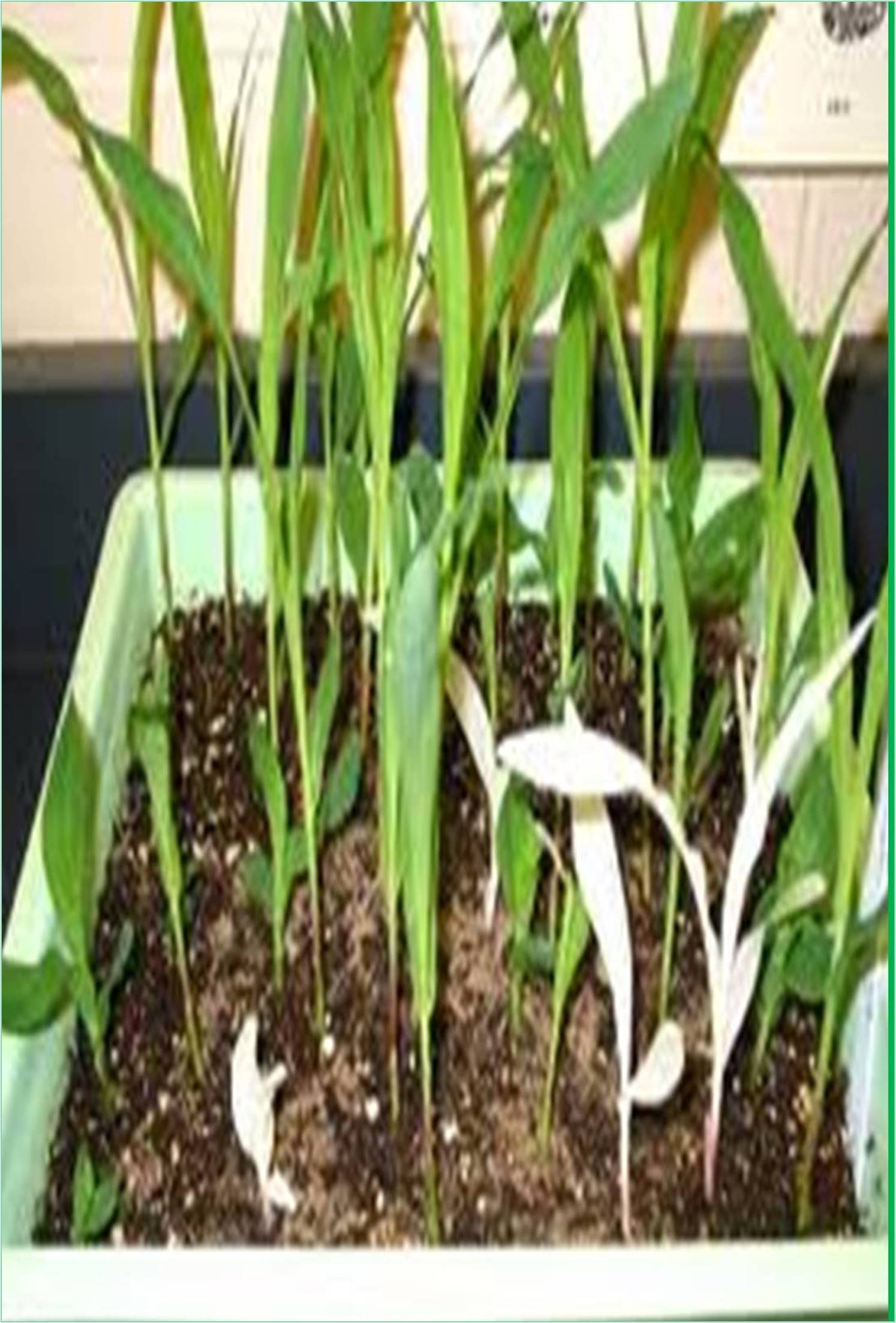



Received: 01-Dec-2022, Manuscript No. GJPBG-22-82865; Editor assigned: 05-Dec-2022, Pre QC No. GJPBG-22-82865 (PQ); Reviewed: 26-Dec-2022, QC No. GJPBG-22-82865; Revised: 02-Jan-2023, Manuscript No. GJPBG-22-82865 (R); Published: 09-Jan-2023, DOI: 10.15651/2449-0598.23.09.013
Since ancient times, humans have had an impact on the genetic make-up of other species. One example is the process of domesticating crops, which is centered on the selection of features that increase productivity and frequently results in a reduction in genetic diversity. This decline in genetic variety, which has been observed in many animal species, may be harmful to a species' persistence if the intention is to reintroduce it to the wild. Similar to animal species, domestication of plant species can increase trait homogeneity, change allele frequencies, and reduce fitness. Aggressive selection has the potential to cause bottlenecks and selective sweeps that reduce genetic diversity in physiologically significant loci. The principle is widely known, but there is still a dearth of concrete evidence that shows how the use of particular propagation techniques might affect the genetic diversity of wild plant species and their appropriateness for reintroduction efforts. Collecting seeds from wild plant populations and propagating them to create plant materials for reintroduction is a frequent approach in species reintroduction. Overcoming seed dormancy is a crucial phase in this process, which frequently necessitates using a moist cold-stratification pretreatment. The pre-duration treatments can differ depending on the species as well as between and within populations. Rapidly germinating individuals are frequently preferred in horticultural environments to meet plant quotas. In the event that dormancy-breaking needs are genetically determined and heritable, such a method would put an artificial selective pressure on faster germination at the expense of slower germination individuals. To determine if horticultural techniques that expose putatively neutral and expressed loci to brief and extended moist-cold stratifications in an effort to break dormancy are likely to impair genetic diversity. In the Midwest of the United States, these species are of great conservation concern, and it has been discovered that different individuals have different needs for cold stratification. By subjecting the seeds of these three species to either a brief or a lengthy moist coldstratification, we were able to create two subpopulations of each species. We found Single Nucleotide Polymorphisms (SNPs) in both the short and long subpopulations of each species, allowing us to quantify changes in genetic diversity at the same, paired loci between subpopulations.
Strong artificial selection, which results in selective sweeps, and genetic bottlenecking are anticipated to have separate but concurrent effects on this decline in genetic diversity. As anticipated, a large number of the shared expressed SNPs found in the long subpopulation with lesser genetic diversity are connected to plant development pathways that are influenced by selection for quick germination. Nevertheless, a large number of expressed SNPs were linked to other, more universal cellular processes, which suggests that selective sweeps could have cascade effects that reduce the adaptive capacity in a number of gene networks unrelated to dormancy and development. We anticipate finding a stronger pattern if employing a focused genomic strategy for expression regions because this pattern was discovered by random sampling of the genome. Retaining genetic diversity in reintroduced populations is essential to their resilience and adaptability potential given the various environmental conditions that ecosystems will experience due to the continuing effects of climate change. In addition, if cultivation tactics result in reintroduced populations that are unable to endure in the wild, there is a considerable danger of wasting biological and economic resources as well as of undermining faith in conservation activities.